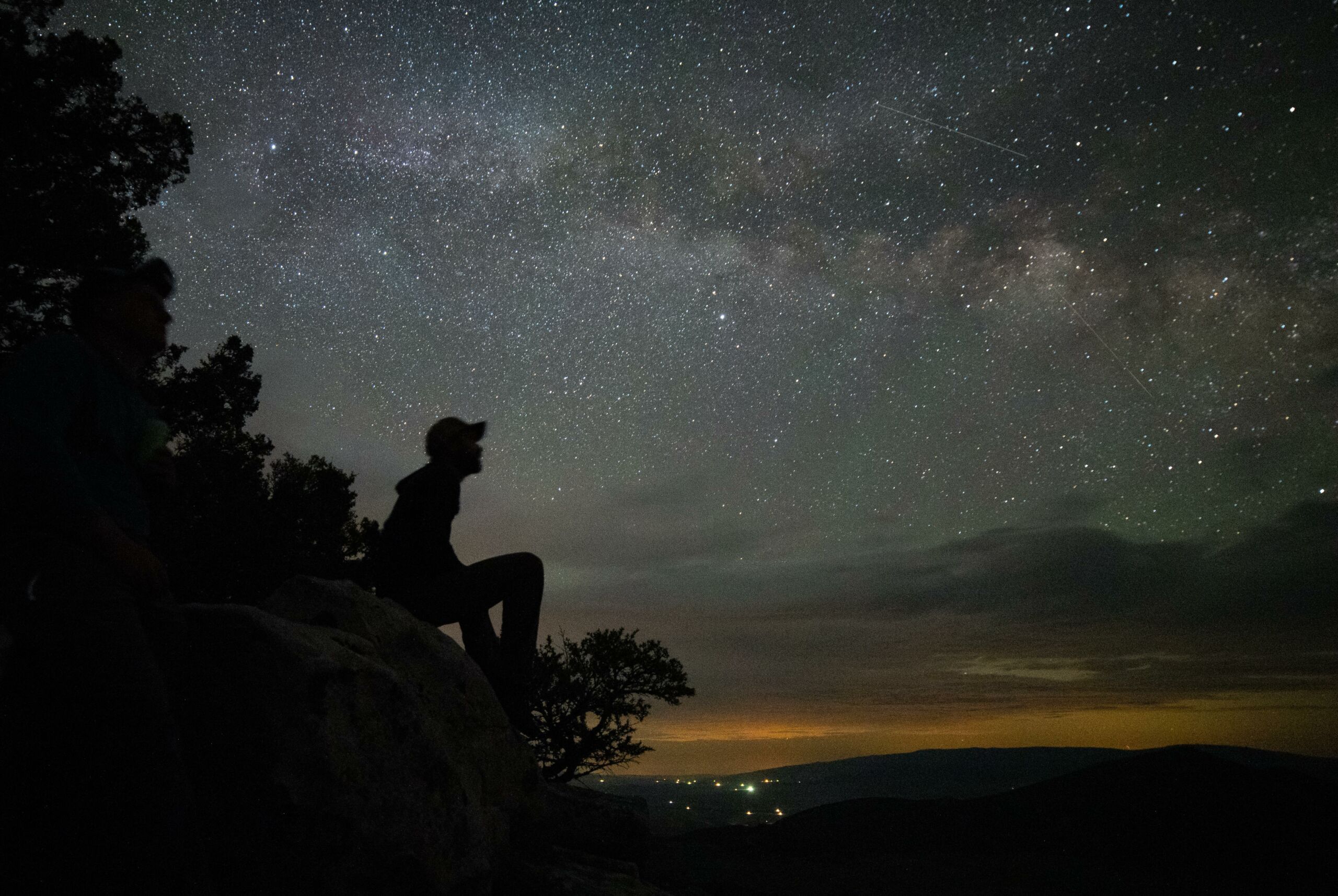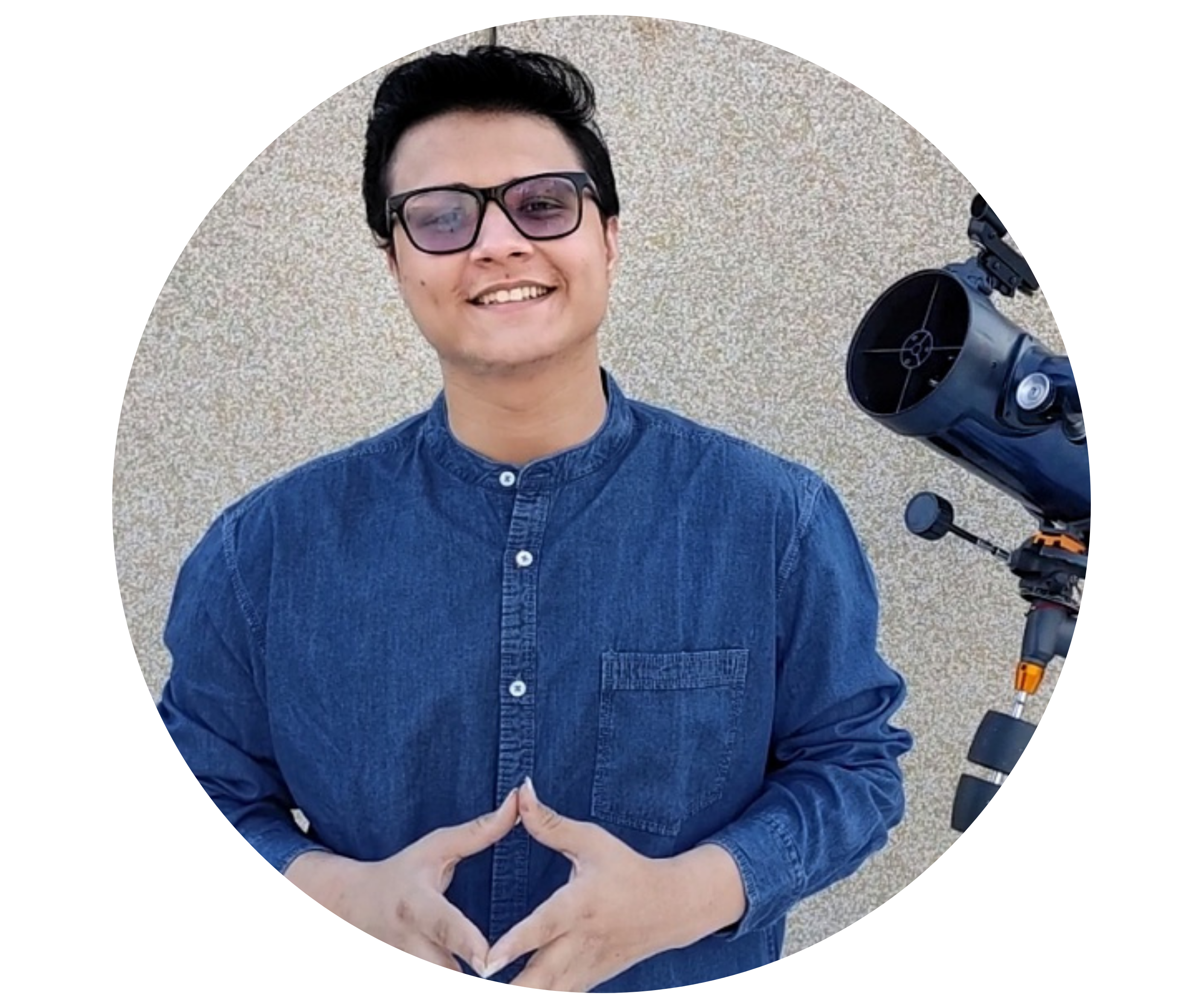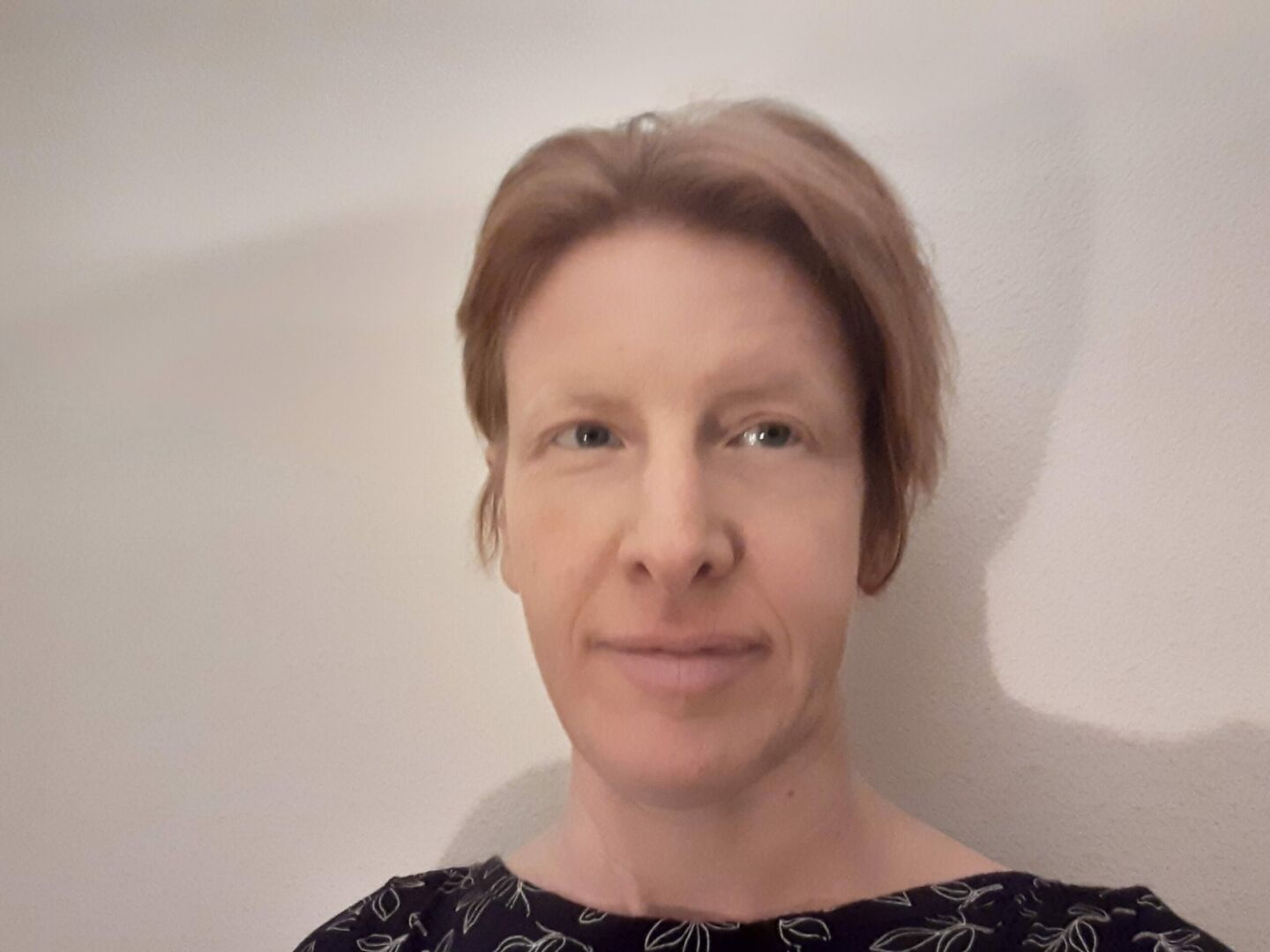
IDA Announces More Speakers for Under One Sky 2021

We are thrilled to announce more of the Under One Sky 2021 speakers! These storytellers and experts will present during the regional sessions (broken down by timezone) of the conference taking place on November 12-13. Meet them below!
East & South East Asia, Australia, and New Zealand
Nurul Syahirah Binti Nazarudin
Malaysia
The Significance of Dark Sky in Works of Art: From the Past to the Future, and its Importance in Bringing Light Pollution Awareness
From ancient times up until around a century ago, before the invention of artificial light at night, the view of a pristine dark sky was the prevalent presence at night and inspired humanity for centuries to unveil the cosmic wonder through physical representations; works of art. As light pollution increases worldwide by about 2% annually, we are slowly losing touch with the night sky and gradually diminishing its significance in our lives. Works of art have been human’s way of expressing their fixation towards the night sky, and it’s a powerful tool to deliver light pollution and dark sky awareness.

About Syahirah
Nurul Syahirah Binti Nazarudin, also known as Syahirah Stargazer in the online community, is an artist astronomer and dark sky advocate in Malaysia. Syahirah started to gain the attention of international organizations through her beautiful and accurate astronomy artwork and was subsequently accepted as a member of the International Association of Astronomical Artists. Aside from her artistic prowess, Syahirah also advocates for dark skies in Malaysia. She strives to spread awareness of astronomy and the importance of dark skies through her passion for astronomy and drawing.
Nobuaki Ochi
Japan
Growing Interest in Dark Skies Among Local Authorities and Lighting Manufacturers in Japan
Nobuaki will talk about the recent successes of Kozushima Island, Tokyo, and Bisei Town, Okayama, where the majority of outdoor lighting was replaced to protect dark skies. The projects were greatly supported by lighting manufacturers Iwasaki Electric and Panasonic. Please don’t miss pictures showing how nighttime environments have been surprisingly changed!

About Nobuaki
Nobuaki Ochi is an associate professor at Toyo University, a member of the IDA International Committee, and the leader of the IDA Tokyo chapter. After he obtained a doctorate on the subject of cosmic ray physics, he is now studying light pollution from a viewpoint of environmental education.
Yeongyang Firefly Eco Park –Wonkil Jeong
South Korea
Did you know the pronunciation of the expression “No fun at all” and “There are no stars in the sky” in Korean is the same?
Yeongyang Firefly Eco Park is situated in Yeongyang County, an administrative region of North Gyeongsang Province in extreme eastern South Korea. The Park, established within the Wangpi River Basin Ecological Landscape Protected Zone, has been under legal protection since 2005. The site is significant for the conservation of fireflies, which are known to benefit from conditions of natural darkness. To this end, the Park has developed a management plan for its natural darkness in support of the local firefly population. Wonkil will present how the content related to the night sky is actually being used in fields such as movies, festivals, and souvenir sales. And he will also introduce how the Night Environment in real life has changed in Korea in recent years.
 About Wonkil
About Wonkil
Wonkil Jeong, a Ph.D. in Business Administration, is a professor at Daegu Haany University, and the leader of the IDA Daegu Gyeongbuk Chapter. As a travel enthusiast and amateur photographer, he learned the importance of the night sky and IDA and introduced the importance of being designated as the International Dark Sky Park to Yeongyang Firefly Eco Park, which has been designated as the first International Dark Sky Park in Asia.
Europe, Middle East, Africa, India
Rayan Kahn
Pakistan
Unconventional Approach for Dark Sky Advocacy
Ideas come from everything, using an unconventional approach where you collaborate, share knowledge about the importance of the dark sky with people around you, keeping in mind the focal goals to achieve through art, entertainment, fashion to inspire the future next-generation having shared vision.

About Rayan
Rayan Khan was born and raised in “The City of Lights Karachi” Pakistan. His passion for the field of astronomy and space developed during his study period. While his nurturing period of early career stage, he learned and developed the quality of how to be pro-active and his proactiveness appears to be profound when he started outreach and public awareness campaigns on light pollution and known by the name of Light Pollution Fighter.
He completed his Master’s degree in Space Science with a specialization in Astrophysics from the Institute of Space Science and Technology, University of Karachi. He has also done “Aerospace Apprenticeship” from Pakistan International Airline (PIA) Training Center; Karachi in 2010. He has almost 9 years of Aircraft Maintenance Engineering experience and having Aircraft Maintenance Engineer’s License (AMEL).
He is also The International Astronomical Union Dark Skies Ambassador from Pakistan, the National Node of International Day of Light, IAU OAE National Astronomy Education Coordinator from Pakistan, and The Young Person’s Representative of the Royal Aeronautical Society Pakistan Division.
Abhishek Pawse and Deep Anand
India
Sailing Through a Change, Sailing to a Change
The presentation would include the journey, efforts, and obstacles faced by both the speakers along with the work done by them for dark sky advocacy in India. It’ll be a step-to-step overview on how through outreach and awareness followed by approaching the local government and working on bigger projects with the government, they commenced the establishment of a dark sky community in India. Even though we work individually, both fields are deeply connected and rely upon each other for proper outputs.
 About Abhishek
About Abhishek
Abhishek is a passionate astrophotographer and visual astronomer who knows the value of a dark sky. He successfully convinced his local authorities to dim the street lights in his city to reduce light pollution. He is working on ground level to educate people about the effects of light pollution. He is also helping his local government to establish an observatory for public use.
 About Deep
About Deep
Deep is the founder-president of the Save Our Stars initiative working to spread awareness and educate the general public about the problem of light pollution. He believes in following ingenious and unconventional methods for outreach and education. Being a poet and a writer himself, Deep tries to appeal to the emotions of the audience and help them realize the importance of the dark skies.
Samyukta Manikumar
Kenya
Astrotourism and Reframing Perceptions of Darkness

Lessons learned from introducing an astrotourism pilot project into Kenyan game reserves, and how to talk about light pollution in a way that makes people care.
About Samyukta
Samyukta is an amateur astronomer from Nairobi, Kenya. She is currently a member of the IDA International Committee. She works on designing experiences to help people connect with darkness and the night sky, and hopes to harness dark skies to promote sustainability, nature conservation, and heritage preservation.
North & South America
Alejandro Sommer
Argentina
Cultures at Night – The Guarani People and the Meaning of the Night

Alejandro will present how the dark sky movement is not only about conserving the skies, but also about the amplitude and how it affects nature and the original cultures. When we say that we are under a “Guarani Sky,” we truly mean it.
About Alejandro
Alejandro is the Astrotourism Coordinator in the Province of Misiones. Member of the SIAC (Society of Astronomy in Culture – CONICET) Professor Galileo, Environmental activist, and protector of the skies.
Daniel Mendoza
USA
Urban Lighting as an Environmental Justice Marker: Observations and Implications
Urban lighting varies significantly across land-use types which are often correlated with sociodemographic boundaries. Daniel will present an analysis of streetlight differences found within a city – both in temperature as well as power. The implications for social justice are clear: lower-income communities have a proportionately higher number of second and third-shift workers and active transportation (e.g., public transit, biking, or walking) and are therefore more exposed to improper and excessive lighting. You will follow the rationale of the study and discuss a direct and quantifiable impact (vehicular crashes) as well as ancillary repercussions.
 About Daniel
About Daniel
Dr. Daniel Mendoza is a Research Assistant Professor in the Department of Atmospheric Sciences and holds joint appointments as Adjunct Assistant Professor in the Department of Internal Medicine – Pulmonary Division, Visiting Assistant Professor in the Department of City & Metropolitan Planning, and the NEXUS research institute at the University of Utah. His research interests include quantifying and characterizing urban greenhouse gas and criteria pollutant emissions for use in human exposure estimation and development. He also examines the health effects associated with acute and chronic pollutant exposure, particularly in vulnerable populations. By combining expertise in air pollution, health outcomes, and urban planning, his work aims to produce enactable scientific and policy solutions to address air quality concerns in a just and equitable manner. He is the co-director of the Consortium for Dark Sky Studies, serves as Editor in Chief of the Journal of Dark Sky Studies, and is an instructor in the Capstone Class on Dark Sky Studies at the University of Utah.
Rémi Boucher
Canada
Long-Term Protection of the Night: Challenges and Successes of IDA’s First and Largest Dark Sky Reserve
A lot of work was initially put into building the first International Dark Sky Reserve around Mont-Mégantic. Outreach, regulations, and conversion of lighting were the main axis of actions to protect the night sky. But, by its very nature, a Dark Sky Reserve is a large, diverse, and inhabited territory, and therefore it is in constant evolution. When white LED started to disrupt the lighting industry and bring new threats, we had to double down on our efforts or we would risk losing part of what we had achieved. By increasing the size of our core team, by reinforcing our partnerships within the region, and by finding new solutions to the changing lighting industry, the Reserve is now stronger than ever. As we enter the 15th year since certification, we will present some of the Dark Sky Reserve’s best achievements, such as the large-scale use of amber LED lighting, larger outreach, constant monitoring of light pollution, and updated outdoor lighting regulations.

About Rémi
Rémi Boucher is the scientific coordinator of the Mont-Mégantic International Dark Sky Reserve in Québec, Canada. Passionate about sharing and protecting the night sky experience, he is currently a member of the IDA International Committee and received the Dark Sky Defender Award in 2015. His more than 15 years working in astronomy for the Mont-Mégantic National Park allowed him to acquire a great expertise in mitigating light pollution. In addition to his work inside the Reserve, he was also part of the committee designing the national standard against light pollution in the Province of Quebec and he is currently leading the efforts in the monitoring and reduction of light pollution in Québec’s national parks network.
Additional Resources:
Meet our opening keynote Aparna here.
Learn more about the conference and register here.
Purchase Under One Sky merchandise here.



















